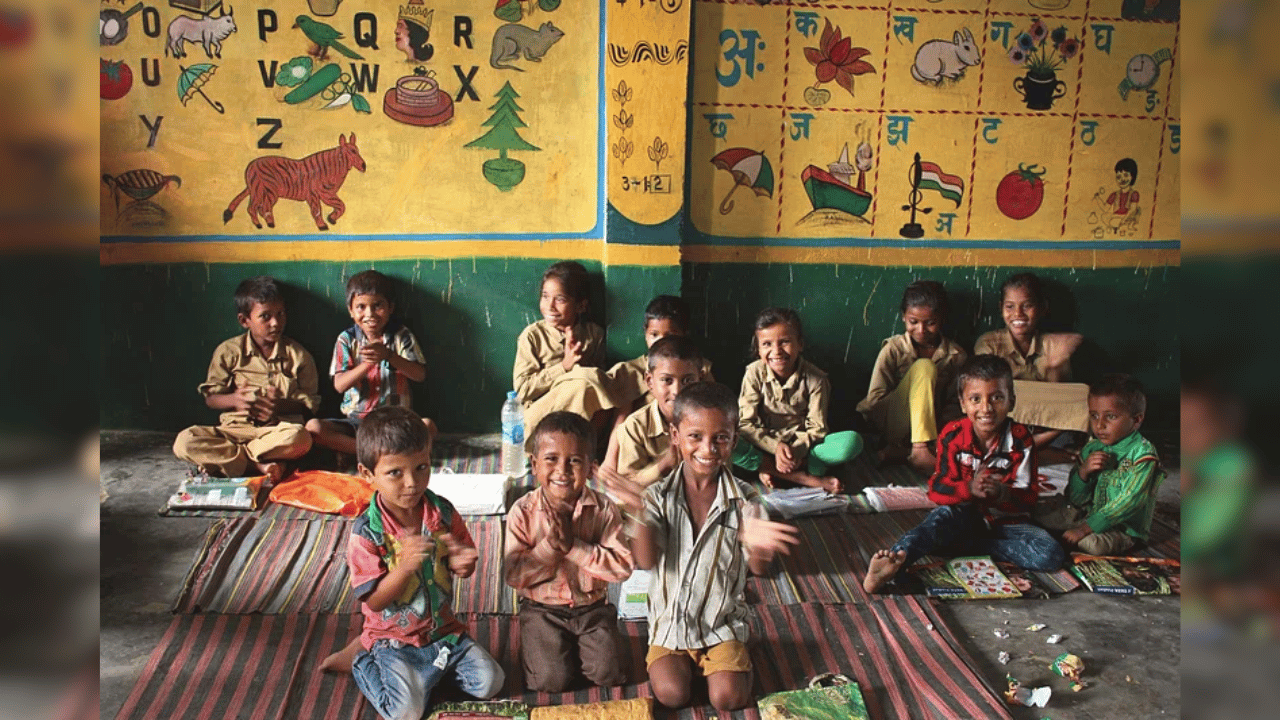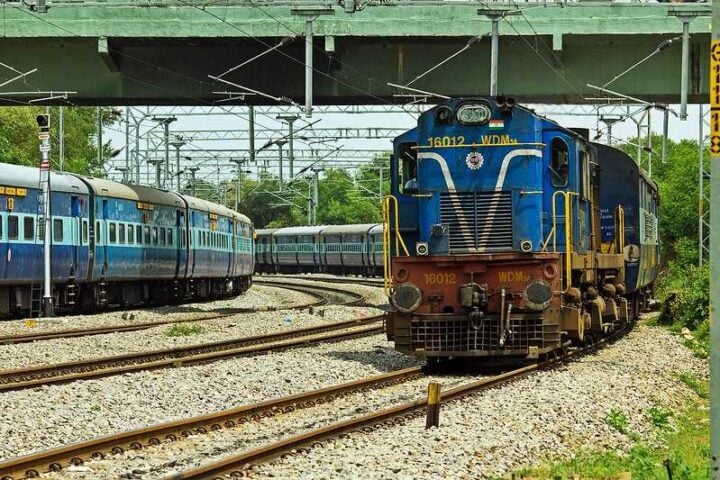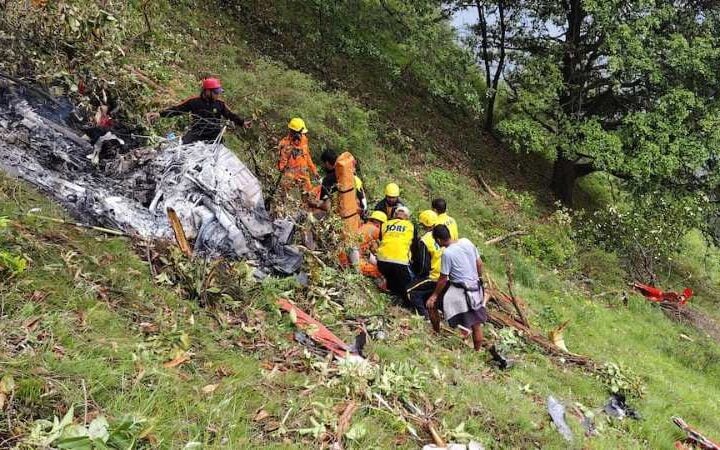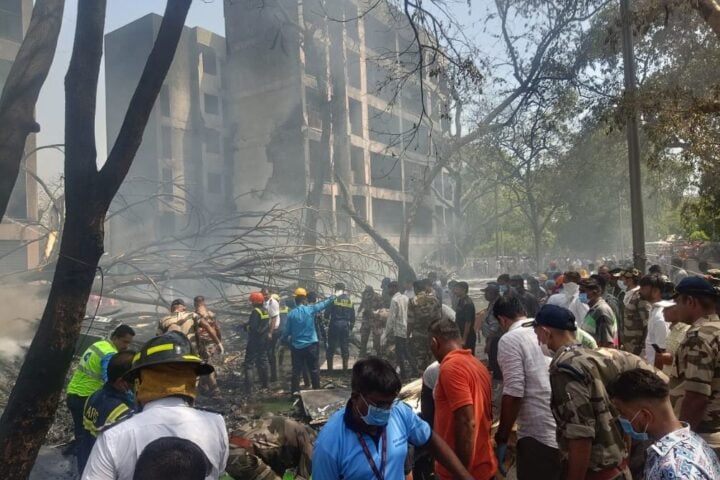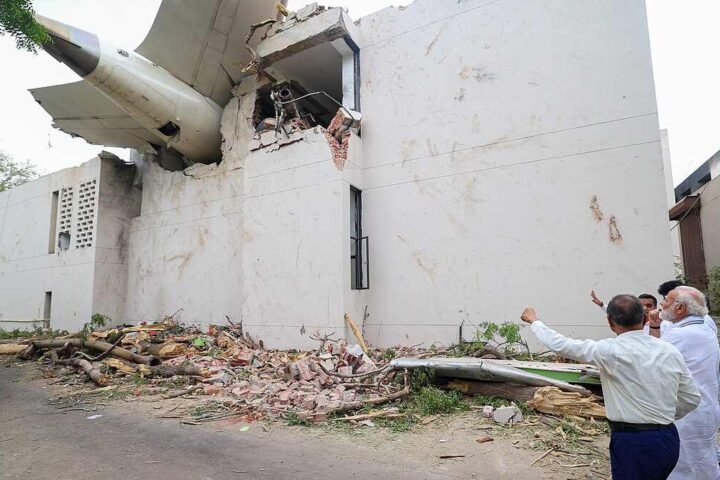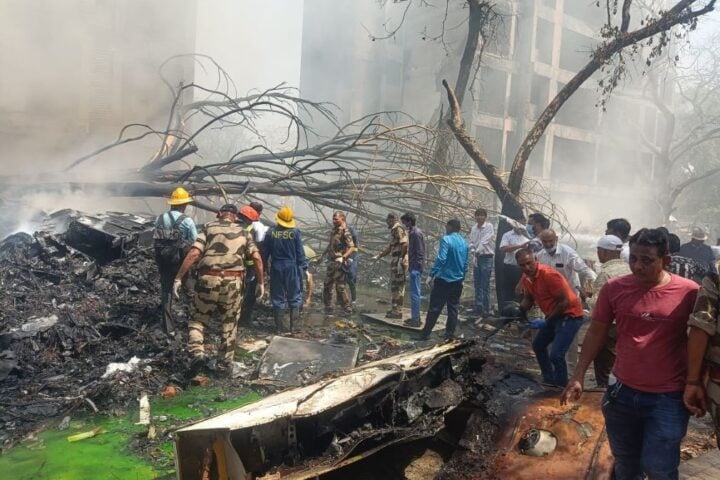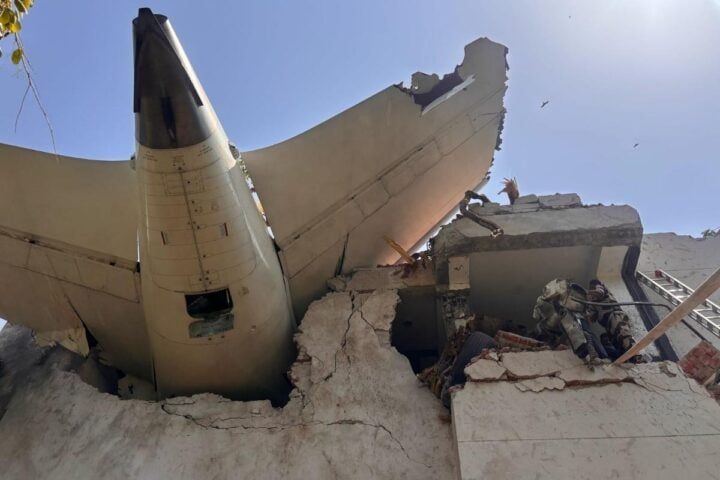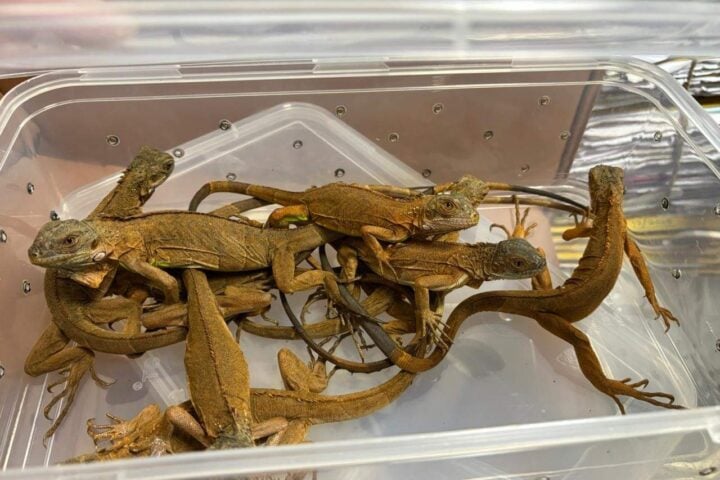Released in New Delhi on January 17, 2024, the Annual Status of Education Report (ASER) 2023, titled “Beyond Basics,” provides a critical analysis of the educational environment for Indian children in rural areas between the ages of 14 and 18. Since the survey’s start in 2005, policy discussions have focused heavily on the state of education in rural India. This thorough study, which builds on the ASER 2017 focus, makes a substantial addition to our understanding of this issue.
The meticulous and thorough ASER 2023 approach was evident in the volunteer records at district-level workshops, which were crucial for survey pairing and selection and for guaranteeing a strong framework for data collection. Every year, quality control processes were examined for increased reliability. These procedures were divided into pre-survey, during survey, post-survey, and data entering stages. During the 4-day district training, volunteers undertook a comprehensive evaluation that included recording their attendance and quiz outcomes. The evaluation culminated in a field pilot to assess their ability to execute surveys on the ground.
As per the Annual Status of Education Report (ASER) 2023, 86% of those surveyed in rural areas, as this report mainly spotlights education in villages, in the 14-18 age group, were enrolled in educational institutions. But only 43.3% of kids could do 3-digit division, a skill they should have mastered in class 3-4.
But in money calculations, boys outperform girls. 90% of youngsters have a smartphone at home; 90.5% have used social media, but only 50% of them are familiar with safety settings. 43.7% of boys are likely to own a smartphone, against just 19.8% of girls. 25% of rural kids can’t read standard 2 text in their own tongue. 43% can’t read English sentences.
Humanities is a top choice; STEM (Science, Technology, English & Mathematics) comes second. The survey included measuring length using a scale, reading and following instructions on ORS (Oral Rehydration Solution) packets, and calculations such as applying discounts. In short, the enrollment in schools has increased. But there is a disparity among boys & girls.
With more than half of the villages receiving direct field monitoring, the survey tracked in-the-moment corrections and field supervision by qualified team members. After the survey, over 72.7% of the villages surveyed were covered by a dual recheck that included field rechecks for comprehensive validation and desk and phone rechecks for any immediate anomalies. With strict guidelines and validations for database entry in MS Access or MySQL, as well as thorough cross-checking procedures to guarantee accuracy in every fifth data entry, data integrity was of the utmost importance.
When I was a child, a teacher taught me as there was no school in my village. When the school was started, I studied in Urdu medium up to 2nd standard, as my area, Marathwada, was a part of Nizam or Hyderabad state. From the third standard, Marathi, my mother tongue, became the medium of our school. As there was no high school nearby, I lost about 2-3 years.
During the 1951 census, I could help the enumerating teachers. So, my father was urged by the teacher to send me to Omerga, a town with a high school named Bharat Vidyalay. From there, I passed the matriculation examination in the first class, a rarity in those days. My name tops the list of six first division holders on the School Wall, which can be seen even today. That was the year 1955. Much progress has been made during the last 68 years. My village has got a high school now. But now, in 2024, there is very much advancement in rural education as compared to my days in the village.
Govind Tekale, Senior Contributor at Karmactive
In line with the Sustainable Development Goals and 21st-century educational objectives, ASER 2023 identified digital literacy as a vital skill for young, highlighting its significance in rural India.After examining important frameworks such as the DigComp from the European Commission, which offers a thorough grasp of digital competency domains, the digital literacy component was created. ASER’s methodology was impacted by the G20 Toolkit for Measuring Digital Skills and Digital Literacy, which encouraged representative surveys and offered a uniform definition of digital literacy. The study also considered the Digital India initiative in India, including the PMGDISHA program for digital empowerment in rural areas via Common Service Centers. Despite differing definitions, ASER used DigComp as a basic model, which was subsequently contextualized to match rural Indian contexts, in order to identify overlapping digital abilities across frameworks.
Similar Posts
Through extensive surveys and Focus Group Discussions (FGDs), ASER 2023’s novel strategy addressed youth aspirations and captured a comprehensive picture of educational and career desires in 28 Indian districts. Three distinct districts—Solan, Sitapur, and Dhamtari—were selected for the qualitative survey’s fieldwork because of their socioeconomic diversity and suitability for conducting focus group discussions (FGDs). These talks, which were intended to examine the various dimensions of participants’ lives and goals, were facilitated by a dedicated ASER team that had received training in qualitative research methodology. Understanding the impact of family history, parents’ educational attainment, and siblings’ activities on youth ambitions and educational choices was one of the survey’s main objectives. Inquiries were made about the participants’ aims for their education and careers, exploring their knowledge of different professions, their own desires, and the motivations behind them. The study aimed to investigate the ways in which influential elements, such as wealth, gender dynamics, family, community, role models, and resource accessibility, impact the ambitions of young people.
After discussing short-term educational goals, participants turned the conversation to long-term professional goals. They listed known careers and indicated which ones they liked, indicating that they had made educated decisions and had support from their families. In order to provide a quantitative aspect to the qualitative data, the facilitators asked participants to assign points depending on their priorities and summarized typical reasons for job choices. In order to ensure a thorough grasp of the qualitative data gathered, an iterative process of data analysis involved transcription of discussions, categorization into themes, and interpretation of trends.
In order to reflect the survey’s focus on an older age group, ASER 2023 worked with colleges and universities, utilizing students enrolled in a variety of degree programs as survey participants. Key players in the survey included the Institute of Technology and Sciences in Gariaband, Government College for Women in Srikakulam, Jawaharlal Nehru College in Kamrup, Pub Kamrup College in Kamrup, Hills College of Teacher Education in Arunachal Pradesh, and Shri Sarvajanik BSW & MSW College Mahesana. These institutions demonstrated their dedication to entrepreneurship, global education, innovation in teacher education, knowledge dissemination, inclusive education, eco-friendly practices, high-quality training, and research.
